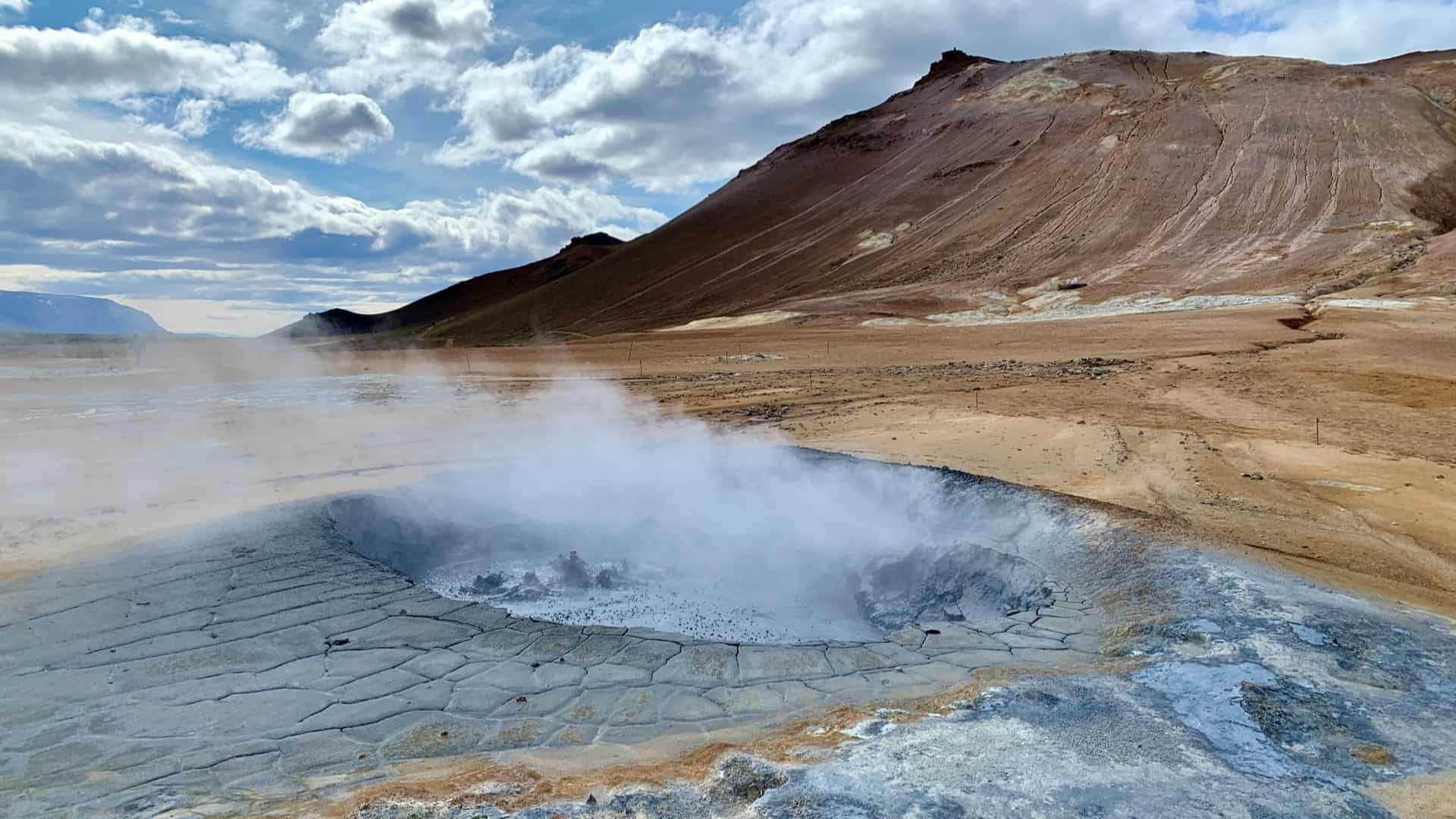

Energia geotermalna
Energia geotermalna to energia pochodząca z wnętrza ziemi. Może być ona wykorzystywana zarówno do produkcji energii elektrycznej, jak i do produkcji energii cieplnej, w tym w celach grzewczych. Do jej pozyskiwania konieczne jest wykonanie odwiertów. Technologią, która wykorzystuje energię cieplną z gruntu, są gruntowe pompy ciepła, które służyć mogą do zapewnienia ogrzewania budynku oraz podgrzewania ciepłej wody użytkowej.
Ta energia zmagazynowana jest w gruntach, skałach i płynach wypełniających pory i szczeliny skalne. Stale uzupełnia ją strumień ciepła przenoszonego z gorącego wnętrza Ziemi ku powierzchni, dlatego jest niewyczerpalna. Ciepło we wnętrzu Ziemi jest częściowo ciepłem pierwotnym powstałym w trakcie formowania się naszej planety, a częściowo jest ciepłem pochodzącym z rozpadu pierwiastków promieniotwórczych, takich jak uran, tor czy potas. Temperatura zwiększa się wraz z głębokością, osiągając w jądrze Ziemi nawet 6000 stopni Celsjusza.
Nie wszędzie energia geotermalna może być wykorzystywana w takim samym stopniu. Jej efektywność jest uzależniona od warunków geograficznych, a dokładniej geologicznych, związanych m.in. z aktywnością wulkaniczną czy infiltracją wód opadowych. Znaczenie ma też wymiar tzw. gradientu geotermicznego, czyli wskaźnika opisującego zmiany temperatury Ziemi wraz z głębokością. Dla Polski ten parametr wynosi ok. 32-33°C/km, zaś w przypadku Islandii to nawet 100°C/km.
Pozyskiwanie energii geotermalnej bazuje na wydobywaniu jej za pomocą odwiertów o głębokości kilku kilometrów. Z tego też powodu jest to najtrudniejsze do wykorzystania odnawialne źródło energii, gdyż wymaga ono zaawansowanej technologii i dużych nakładów. Jednak sama zasada działania jest dosyć prosta. Wykonuje się zwykle dwa otwory w ziemi – jeden do pobierania gorącej wody lub pary wodnej, drugi do „oddawania” wody z powrotem pod powierzchnię.
A teraz najważniejsze, jak z gorącej wody można wyprodukować prąd? W tym przypadku, woda wydobyta z wnętrza Ziemi musi mieć o wiele wyższą temperaturę i ciśnienie niż ta, którą możemy wykorzystać do produkcji energii cieplnej. Woda na potrzeby produkcji energii elektrycznej może mieć nawet 460°C i ciśnienie 30 bar, czyli 30 razy większe niż to, z którym stykamy się na co dzień! Woda o takich parametrach jest wypompowana spod powierzchni i trafia na turbinę, gdzie część jej energii cieplnej zostaje przekształcona na energię mechaniczną. Następnie energia ta zostaje przekazana do generatora, który przekształca ją na energię elektryczną. Po przekazaniu energii, woda głębinowa zostaje z powrotem oddana pod ziemię. W ten sposób zamyka się cykl.
